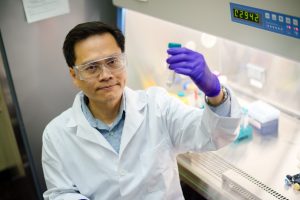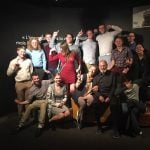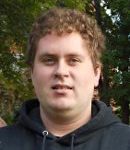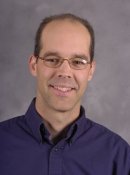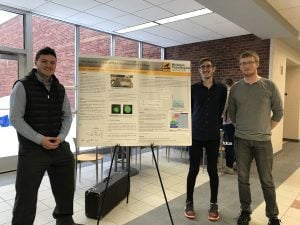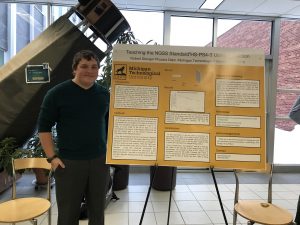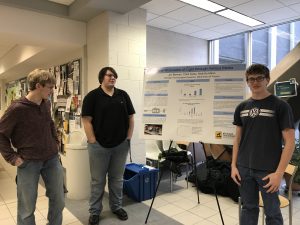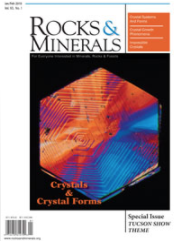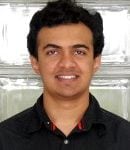
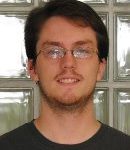
We are happy to announce grad students Chad Brisbois (Physics) and Neel Uday Desai (Atmospheric Sciences) are among the winners for the Doctoral Finishing Fellowship Award. Congratulations!
Finishing Fellowships provide support to PhD candidates who are close to completing their degrees. These fellowships are available through the generosity of alumni and friends of the University. They are intended to recognize outstanding PhD candidates who are in need of financial support to finish their degrees and are also contributing to the attainment of goals outlined in The Michigan Tech Plan.
